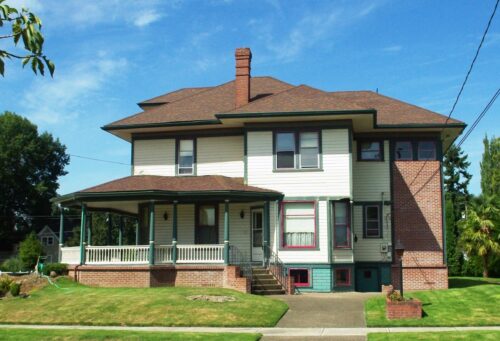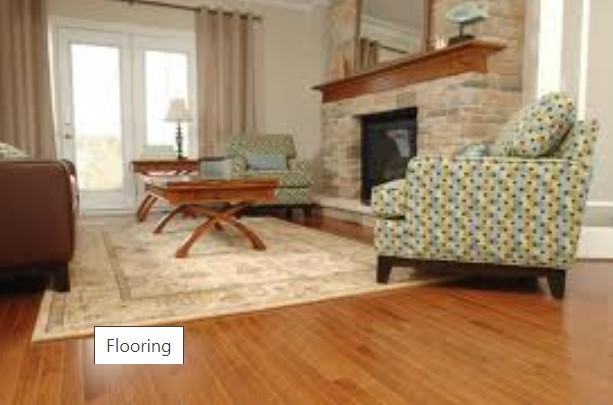Five Steps to Remodeling An Old Home

Buying an older home can be a bargain for those prepared to meet the challenges that age, wear, and tear present. While older homes have character, larger rooms, and style, they also have their downsides. When you decide to remodel tips an older home, taking certain steps will help the project go smoother and easier.
1. Set up a plan for each room.
If funds permit, you can remodel the entire house at once. More often than not, this is not the case. Take this lack of funds as an opportunity and focus on one room at a time. Make a list of everything in the room that needs to be repaired/replaced/upgraded such as wiring, insulation, plumbing, flooring, walls, ceiling, and outlets. Study magazines and online showrooms for ideas about making the room fit your design style and décor. Do not worry about prices at this point; list everything you need and want for the room. List the roof and attic as separate rooms for the house. As you prioritize the room order, make sure to put the roof and attic at the top.
2. Set a budget for each room and stick to it.
Making stick to a budget can be a tricky exercise if you are not familiar with the average cost of a project. To get an idea, you can call a professional to discuss the project and obtain an estimate. Of course, doing the work yourself will save money, but some tasks need to be done by a professional such as electrical wiring and plumbing and gas lines. If you decide a part of the house needs to be water blasted, you may want to find a professional as well. You can easily find companies who provide these services through an Internet search, for example, “water blasting St. Louis.” The simple search will give you plenty of businesses so you can find the right one to fit your needs.
3. Have a savings account to act as a buffer.
Include the cost of permits and the possibility that more work may be required for each project than the initial projection. For example, you might figure $10,000 for a bathroom remodel. In an older home, it would be wise to have a savings account to act as a buffer. For the bathroom, figure an additional $3,000 to $5,000 for unseen repairs. Older bathrooms often have leaks in the plumbing; rotted wood and insulation need to be replaced.
4. If you are going to hire a contractor, get several estimates first.
Ask friends and neighbors to recommend contractors in your area. Set different appointments for each to inspect your project and make estimates. Discard the highest and lowest bids and set aside the top three middle contractor’s bids. Investigate each contractor for ratings in different places such as the Better Business Bureau and online recommendation sites. Ensure the contractor has workman’s compensation insurance. Before signing any contract, hire an attorney to interpret and explain it to you.
5. Take the time to upgrade as you go along.
Many older homes receive a remodel that only brings the house up to a livable standard. A remodel is the perfect time to upgrade wiring to accommodate modern electronics and appliances. Incorporate energy-efficient building materials such as insulation, roofing, windows, doors, and more. Over time, the money you save on utility bills can pay for the upgrades.




